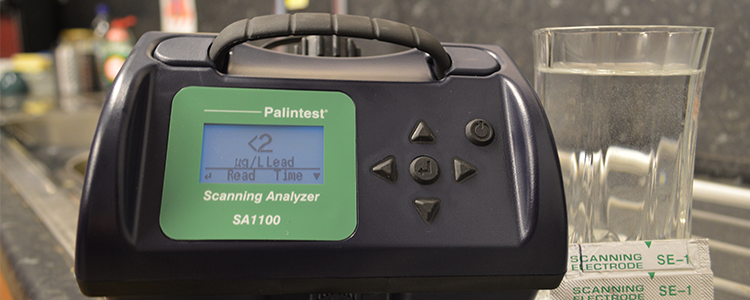Most water treatment works have effective processes for removing lead from source water to below safe levels.
In both Flint and Hong Kong, the lead was not present in the water leaving the treatment works but entered the stream as it travelled to users' homes - through lead distribution pipes in Flint and high lead content soldering in Hong Kong.
Whilst the source of lead may be different, the root causes are the same: cutting corners to cut costs. In Hong Kong, the use of cheap, poorly regulated construction contractors resulted in pipes being soldered with material that contained up to 500 times the safe limit of lead.
In Flint, a change of water source and lack of proper treatment caused the phosphate lining of the lead distribution pipes to erode, exposing the water to a lead source.
These issues were compounded with a lack of proper testing that made it impossible to take the right action early on. Inevitably, the lead from both sources leached into the drinking water, taking it past safe drinking limits by orders of magnitude.
Low cost options such as test strips only provide a basic level of screening capability. They are often advertised as being suitable for measuring below the EPA 'action limit' of 15 μg/L, although this level is however, for the 90th percentile of a series of results. The goal for the maximum contaminant level of lead, as set by the EPA, is actually 0, and the WHO guideline value is less than 10 μg/L. Test strips, by their design and mode of operation, are unlikely to provide a suitable level of precision when testing at such levels.
This, therefore, puts pressure on laboratories in both regions to process samples as quickly as possible and on those collecting the samples. Being able to prove that tampering hasn’t occurred in the sample transport is also a growing concern among residents.
The high cost of laboratory testing and the sample bottlenecks do little to abate state finances or concerned residents.
To overcome the issues of laboratory testing, both the Hong Kong Government and the US EPA have turned to the only portable US EPA approved analytical method for lead analysis; the Palintest Scanning Analyser SA1100.
The SA1100 uses a technology called differential pulse anodic stripping voltammetry (ASV) and brings advanced electrochemical techniques to an easy-to-use, portable instrument.

As the components that make the measurement are printed onto disposable sensors, the SA1100 can achieve a detection limit of 2 μg/L whilst negating the need for regular calibration. At the same, time the accuracy of the readings are comparable to laboratory techniques such as ICP-MS and atomic absorption. This means the SA1100 can not only compliment, but replace traditional laboratory testing in a wide variety of situations.
Although it could be many months before life begins to return to normal for residents in affected areas during contamination events, having access to the right data at the right time will demonstrate understanding, clarity, and most importantly, progress.